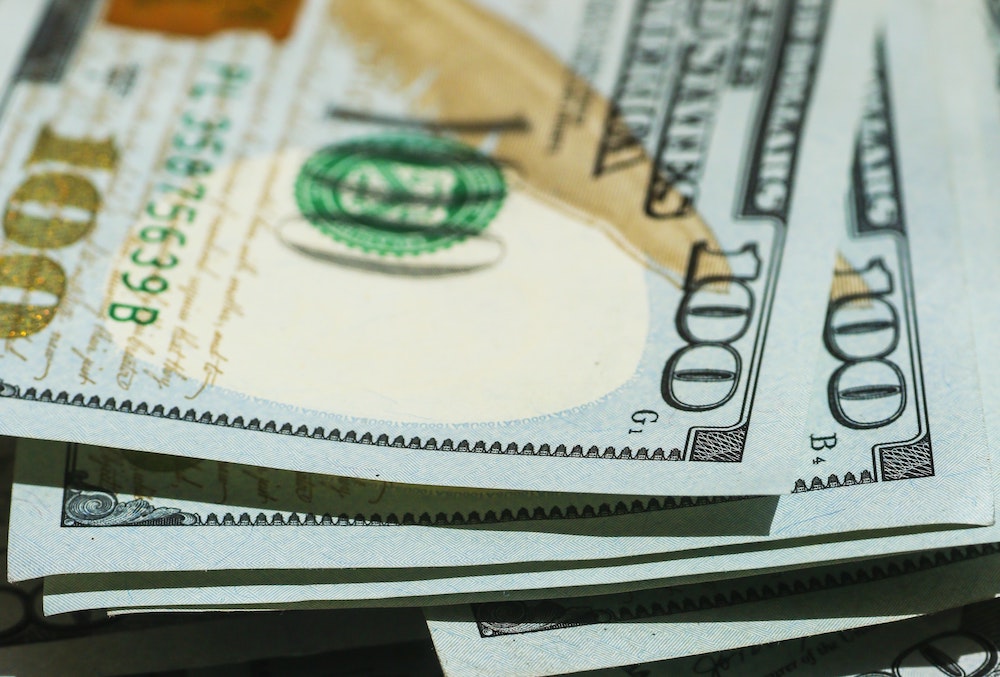Why Streaming Services Are All Suddenly Getting More Expensive
This article is more than 2 years old

The number of streaming services continues to grow as many networks launch their own versions. However, the recent price hike news from many companies has resulted in unhappy customers willing to jump ship. Unfortunately, there may not be anywhere for them to jump to, as more price increases are on the horizon.
Everyone has their favorite streaming services. Part of the draw is the on-demand entertainment right at your fingertips. And, of course, the exclusive content offered by each company has drastically improved over the years.
But one of the primary reasons customers love streaming services is their price point. They can sign up for all their favorites and still pay far less than they would for cable. Plus, skipping commercials is like a dream come true for many people.
However, the attractive pricing may end soon. Streaming services have invested heavily in producing exceptionally unique content. And now, many find it hard to reconcile those investments with the return they get on lower-priced subscriptions.
Netflix was the first to increase the prices of its subscriptions. It did so in March of 2022. And afterward, the company subsequently lost nearly 1 million subscribers.
While there is no direct link to prove the price hike resulted in the subscriber loss, it is certainly a big coincidence. The popular service scrambled to recover and made business decisions it had previously avoided. One of those was introducing a lower-cost subscription option that features ads.
That move helped offset the price hike from earlier in the year. And the company hopes to regain or retain customers from the move. However, other streaming services have also had to make significant pricing decisions in recent months.
Both Hulu and Apple TV raised their rates in October. Then Disney Plus joined the ranks. According to CNET, “Thursday, the service launched its ad-supported tier, pricing it at the $8-a-month level that members could stream ad-free before, while it simultaneously hiked the ad-free tier by $3 to $11 a month.”
And after the news dropped that HBO Max will join forces with Discovery Plus, subscribers can expect a price increase on that service too. So far this year, only two streaming services have yet to put the pinch on customer wallets. Those services are Peacock and Paramount Plus.
There are many theories behind why the prices are increasing so rapidly. And if you thought inflation, you would not necessarily be wrong. However, Jason Kilar has another theory.
Kilar helped launch HBO Max and Hulu. He told CNET, “Spending $10 billion a year on original programming is basically the entry fee for streaming’s big leagues.” And that money has to come from somewhere.
As many customers are willing to pay extra just to avoid commercials, the funds won’t necessarily come from ad revenue. And that means the consumer has to pay. That leads to the unfortunate news that your subscription costs will likely continue to increase.
According to Killar, “to be one of the profitable winners in the streaming wars, services will eventually need average subscribers globally to be paying about $15 a month.” That cost would be per service. So customers may want to think about their favorite streaming services and which one they would be willing to drop.



